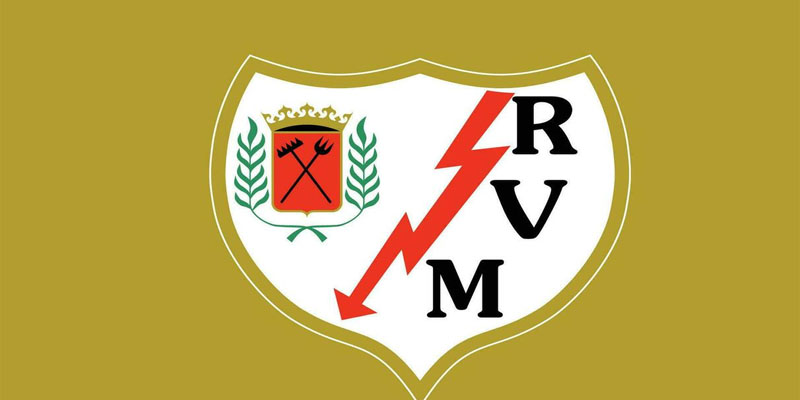Rayo Vallecano Football Club is not just a name in the tapestry of Spanish football; it embodies a rich history, a passionate fanbase, and an unyielding spirit. The club has withstood the test of time, capturing hearts across Madrid and beyond. With its origins rooted in the working-class neighborhoods of Vallecas, Rayo Vallecano Football Club represents the fight for survival against all odds—a narrative that resonates deeply within the fabric of its community, much like the spirit of resilience found in 68 game bài.
Introduction to Rayo Vallecano Football Club
When discussing the essence of football in Spain, one cannot overlook the impact of Rayo Vallecano Football Club. Founded in 1924, the club has carved out a niche as one of the most beloved teams in the country, particularly among those who resonate with its ethos of resilience and determination.
Overview of Rayo Vallecano’s legacy in Spanish football
Rayo Vallecano’s legacy is steeped in a rich history that reflects the socio-economic dynamics of the Vallecas district. This area has often been characterized by its working-class roots, and the football club has become an emblem of pride for its residents. Despite competing against giants like Real Madrid and Atlético Madrid, Rayo Vallecano has maintained its identity, representing the underdog spirit that many aspire to embody.
The club’s story is interwoven with epic battles on the pitch and moments of sheer brilliance that have defined its existence over the decades. Rayo has offered fans thrilling games, memorable victories, and heartbreaking near-misses—each chapter contributing to a legacy that stretches well beyond mere statistics and trophies.
The club’s significance in Madrid’s football scene
Within the competitive landscape of Madrid’s football scene, Rayo Vallecano Football Club holds a unique position. Often viewed as the ‘third team’ of Madrid, Rayo brings an authenticity that draws in supporters from all walks of life. While clubs like Real Madrid and Atlético enjoy significant financial backing and global recognition, Rayo thrives on its deep-rooted connection to the local community.
Despite being overshadowed at times, Rayo’s influence extends into various cultural aspects, from music and art to social activism. It has created a sense of belonging for its fans, making them feel more than just spectators—they are part of a movement that encapsulates the heart and soul of Vallecas.
History of Rayo Vallecano
The history of Rayo Vallecano Football Club is a journey through trials and triumphs, shaped by both achievements on the field and the unwavering support of its fans.
Early years and founding of the club
Founded in 1924, Rayo Vallecano began its journey in the lower tiers of Spanish football. Initially known as “Rayo,” the club was established by a group of local enthusiasts who sought to create a platform for young players in the Vallecas region. The club adopted the title “Vallecano” to honor its neighborhood, distinguishing itself from other teams in Madrid.
During its early years, Rayo played friendly matches and entered regional competitions. The dedication of the local community helped elevate the club’s status, allowing it to gradually move up the ranks. The first major milestone occurred in the 1930s when Rayo began participating in national competitions, laying the foundation for what would become a storied history.
Key milestones in Rayo Vallecano’s history
Throughout the decades, Rayo Vallecano Football Club experienced various key milestones that accelerated its growth. In the 1950s, Rayo achieved promotion to Segunda División, marking a turning point in its trajectory. This period was characterized by fierce competition and an increasing number of supporters flocking to the Estadio de Vallecas.
In the following years, the club enjoyed its fair share of ups and downs. The late 1970s saw Rayo secure its place in La Liga, showcasing the ability to compete with some of Spain’s elite teams. One might say this was the beginning of Rayo Vallecano’s genuine ascension on the national stage.
The club’s rise to La Liga
The real breakthrough came in the 1980s when Rayo Vallecano Football Club earned promotion to La Liga for the first time in its history. Under the management of legendary figures such as Luis Aragonés, Rayo established itself as a formidable opponent in the top tier. The late 80s and early 90s were pivotal years, as the club not only fought hard to survive but also competed admirably against larger clubs.
This newfound status allowed Rayo to cultivate a loyal fanbase while producing several homegrown talents who would later make headlines in their careers. The club’s rise to La Liga was not simply a sporting achievement; it symbolized hope and pride for the Vallecas community, proving that hard work could yield fruitful results.
Conclusion
In conclusion, Rayo Vallecano Football Club stands as a testament to the power of perseverance, passion, and community spirit. From its humble beginnings to its current stature in Spanish football, Rayo continues to inspire both its supporters and aspiring players alike.
